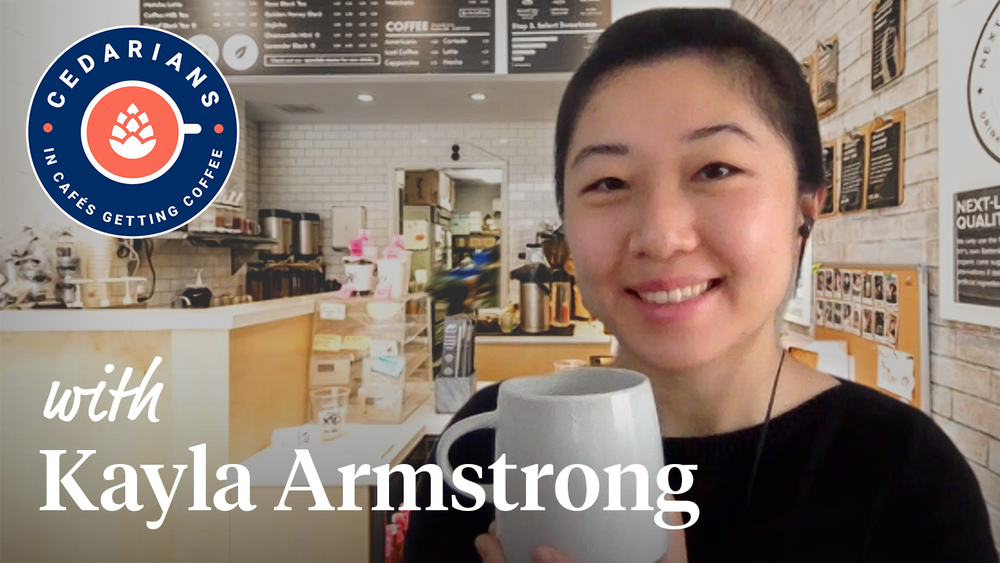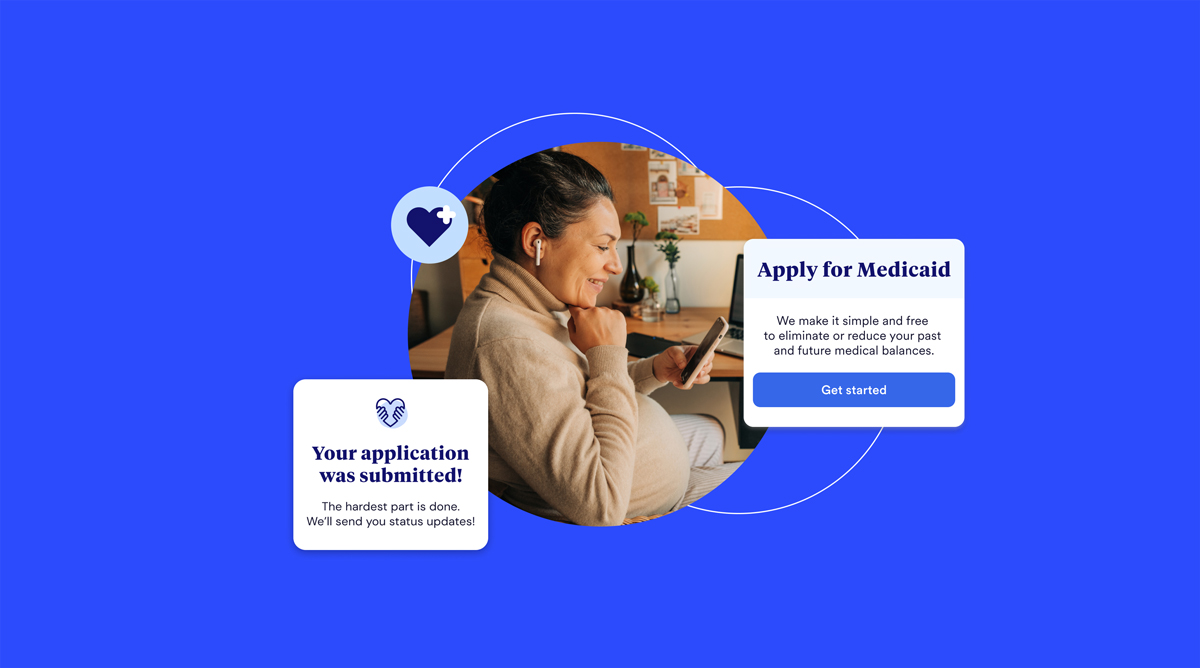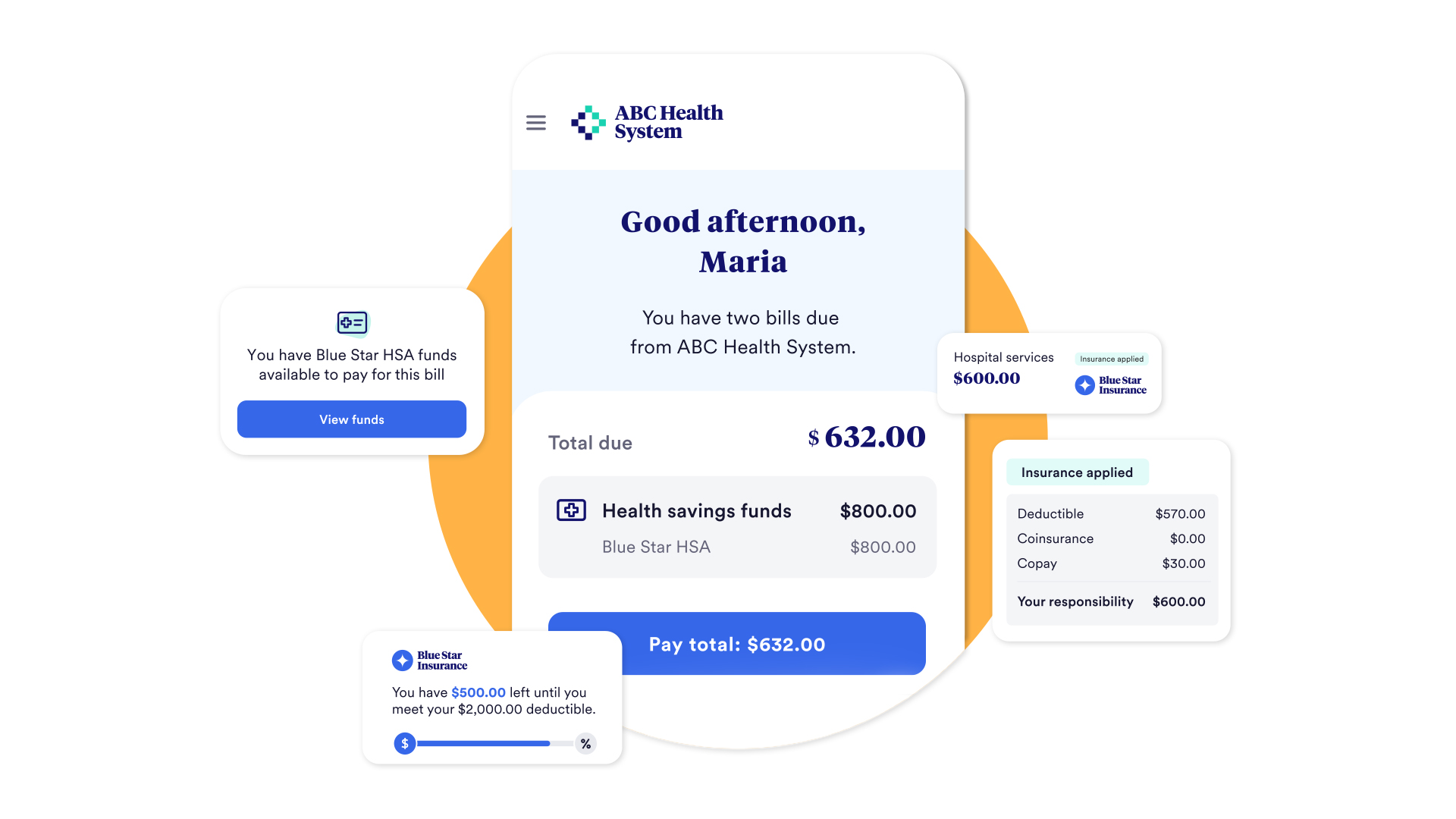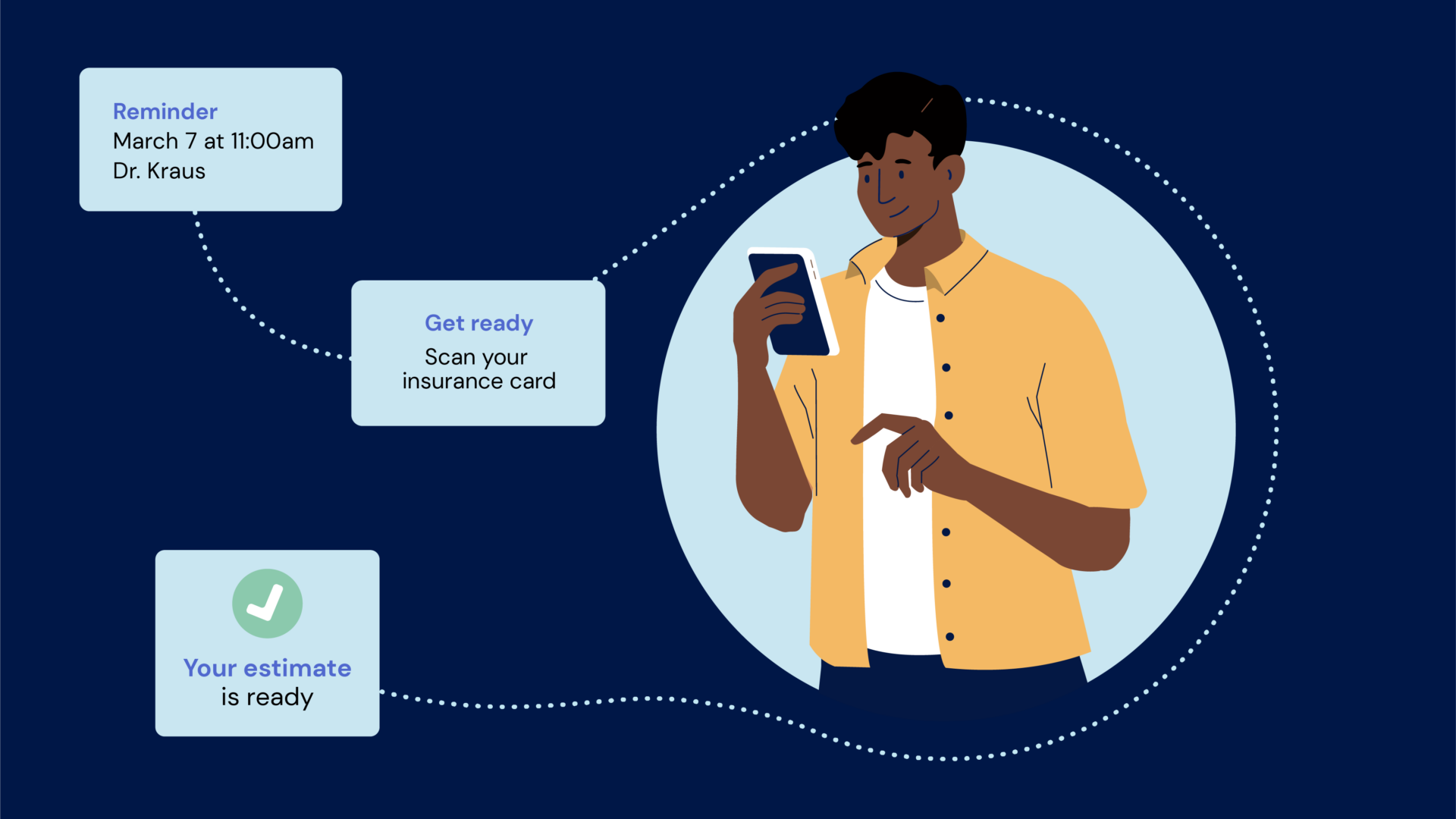Autumn is in the air and whether you are still very much in a socially-distanced bubble or back to regular (yet masked) outings with friends over bubble tea, there is one thing that literally everyone can agree upon: “Cedarians in Cafes Getting Coffee” is a must-read employee spotlight series. It’s just a fact. So, grab a pumpkin spice latte (if that’s your fall favorite) and read our feature on Kayla Armstrong, a Solutions Architect who’s recently made the leap over to a role on Cedar’s product team.
Kayla, hey! Cool Zoom background. Where on earth is this amazing looking place? And, more importantly, do they deliver?
This background is from one of my favorite places to go for a break with other Cedarians — back in the days when we were all still together in the office. It’s called “Boba Guys,” and I can highly recommend the bubble tea. (If you can’t get there in person, you can even order a kit to make your bubble tea at home. Yes, please!)
You joined Cedar in March 2019 (long before face masks were a way of life). Where were you coming from and what ultimately drew you to Cedar?
Before Cedar, I spent my early career as a data engineer and data architect at a hedge fund in Connecticut. Then I decided to explore the West Coast for a while, spending four years doing product management in consumer fintech focused on the mortgage and student loan sectors.
The Solutions Architect role at Cedar appealed to me for a few reasons. In my search, I had prioritized: (1) working with great, talented people that I would enjoy seeing every day, and (2) solving a meaningful problem. Cedar provided me with both of my requirements and gave me an excellent excuse to move back to the NYC area.
I have to agree—Eastern Standard Time is where it’s at! Tell us a bit about what you do here.
I’ve been a Solutions Architect during my time at Cedar so far, but I’m actually transitioning back into Product now. Essentially my job has been to connect the data pipes between our clients’ systems and Cedar’s product so that the product can do its magic and our clients can continue to run their revenue cycle business. My day-to-day involves a lot of Zoom calls with tech and RCM folks, creating diagrams and documentation, and reviewing code. I’ve also been trying to build the machinery for my team so that we can do these integrations more quickly and with higher quality as our team and client base is growing quickly.
That being said, I’ve been excited to move back into a product management role and it’s great to be at a place like Cedar that offers flexibility in terms of my ultimate career path.
So, healthcare is a new space for you. This industry is not for the faint of heart. How’s it been so far?
When I was thinking about the next chapter of my career, two industries stood out to me because they impact a lot of people in a significant way: sustainability and healthcare. Everybody’s gotta live on this Earth (until Elon figures out how to live on Mars) and everybody’s gotta have a way to take care of their health. I am particularly driven to improve outcomes that I characterize as “really bad, and also completely unnecessary.”
To me, the healthcare financial experience is this way—there’s no good reason for these bad outcomes. There’s no good reason patients should be going broke, filing bankruptcy, or just avoiding getting care in the worst cases, or even just getting frustrated and wasting time in the best cases. In the U.S., we have the technology, we have the money, we have the clinical talent—so why are 45,000 Americans dying every year due just to lack of health insurance? I find the challenges that we are solving in healthcare to be some of the most important, and it’s really rewarding to see the positive impact that I can help enable.
Cedar’s technical implementations are extremely important to our success as an organization and our skill in this area is something that really has set Cedar apart from competitors. Can you tell us a little bit about that and why you think Cedar’s approach works so well?
As many people know, the product is only as good as how well it’s implemented. The implementation is the plumbing that fuels the product—without it, your product is orphaned. And without a good implementation, the product won’t perform. Imagine if you tried to power a Ferrari on Canola oil from your pantry—there’s just no point, and it will probably make a big stink at the end.
At many other companies, the implementation is an afterthought. After you get the contract signed and money in the bank, you lob it over the wall to the Implementations team and they’ll try to duct tape something together. But at Cedar, we don’t get paid until the implementation is done (and done well) and our product is actually performing for our clients. So both from a cultural perspective and from a practical financial perspective, Implementations occupies a very central part of the Product and Commercial pipelines. We have to put great focus and talent on it. The good news is that this model favors longevity of our relationships with our clients not just getting them in the door, but making sure the product continues working for the long run.
We don’t get paid until it works—no wonder Cedar’s implementations get such buzz! Now let’s switch gears to Cedar’s workplace culture. What’s been your favorite part of the Cedar experience? Any memories you can share?
My favorite part is coming to work everyday knowing that my Cedar colleagues are simply wonderful human beings. People here are compassionate, ethical and caring. We know the impact we can have on our clients and our patients, and I can trust that when I need to fight for the right thing to do, I will have support—especially from the very top.
Many of my favorite memories come from long, hard nights before a go-live. It’s a high pressure situation, but there are so many colleagues across Account Management, Project Management, Product, Engineering, Support, and (of course) Implementations around to help debug, navigate conversations, organize and trouble-shoot—anything we need to do to make these go-lives successful. We also just end up getting to know each other and joke around while we wait for scripts to run, or data to load — and it’s a fun, organic environment where we can build meaningful relationships in the “trenches” together.
Cedar is growing quickly. Talk about the growth and the things Cedar is doing well to make this an exciting place to work, in your opinion.
So quickly!! One of the best parts about a company’s success and growth is that we can attract really great talent more quickly. So while expanding our teams, we’ve been able to build out more specialized roles and competencies and hire just amazing people into them. Selfishly, I love learning from them — both professionally and personally. When a company grows quickly, sometimes the bar for hiring will be lowered but it’s actually been the opposite here.
With the pandemic, many companies have been experimenting with new remote working protocols and policies—how has Cedar reacted to the pandemic (what do you like, and what do you hope to see)?
Cedar immediately prioritized the health and wellbeing of its employees. I’m not going to lie, being on Zoom calls all day is exhausting and I know a lot of us are itching to get back to a place where we can work together in the same space safely. The nice thing is that Cedar’s leadership isn’t pushing any employees to go back at all (like I am seeing at many other companies), but instead trying to provide opportunities for those employees who can safely meet in the office or outside. I like that Cedar has provided resources for both informal socializing via Zoom but also more formal settings with psychologists and other wellness professionals who can help employees work through different issues. For example, parents of young children experience different challenges than young single adults during the pandemic. Cedar’s done a great job acknowledging these different needs and facilitating ways to meet them.
Cedar’s leadership has worked hard to bring D&I into the culture as a mandatory mindset (my words). How do you personally think about diversity and what else would you like to see Cedar do to ensure inclusivity and foster a diverse talent pool?
To me, achieving diversity is achieving diversity of experience and perspective. This can sometimes be approximated by race, gender, age, sexual orientation or socioeconomic status—but at the end of the day, you are really looking for people who have gone through different experiences that have shaped their perspectives. Especially when you are building a product that is targeting something as broad as the U.S. healthcare patient population, you need people to ideate and challenge the product’s blind spots coming from a more representative set of experiences.
As much as it’s important to have general talent diversity at Cedar, I think it’s almost more important to ensure diversity at the leadership level. And seeing diverse opinions get celebrated, rewarded and implemented in production.
In my opinion, the most diversity that I bring to Cedar is not my gender or my race, but that I am mom to a young child and that I volunteered at a suicide hotline several years ago. These shape my perspectives in a way that is uniquely different from my colleagues.
What’s something that we may not know about you that might surprise our readers?
I learned how to crochet when I had to go through 20 hours of mandatory financial regulations training at a mortgage startup. I’m not a great auditory learner and rather fidgety in the best of times, so the best way for me to focus on lectures is by occupying my hands. The training took place in December, so my friends and family members all received lovingly handmade scarves, hats, and even a coaster set that year for the holidays. Win-win!

Kayla is a Product Manager at Cedar. In her “free” time, she runs around after her toddler, who fortunately enjoys Queen, the Beatles and Bruce Springsteen in addition to the Frozen soundtrack. She plays classical piano and hopes to illustrate children’s books one day.
Interested in becoming a Cedarian? Check out our current openings.



